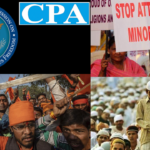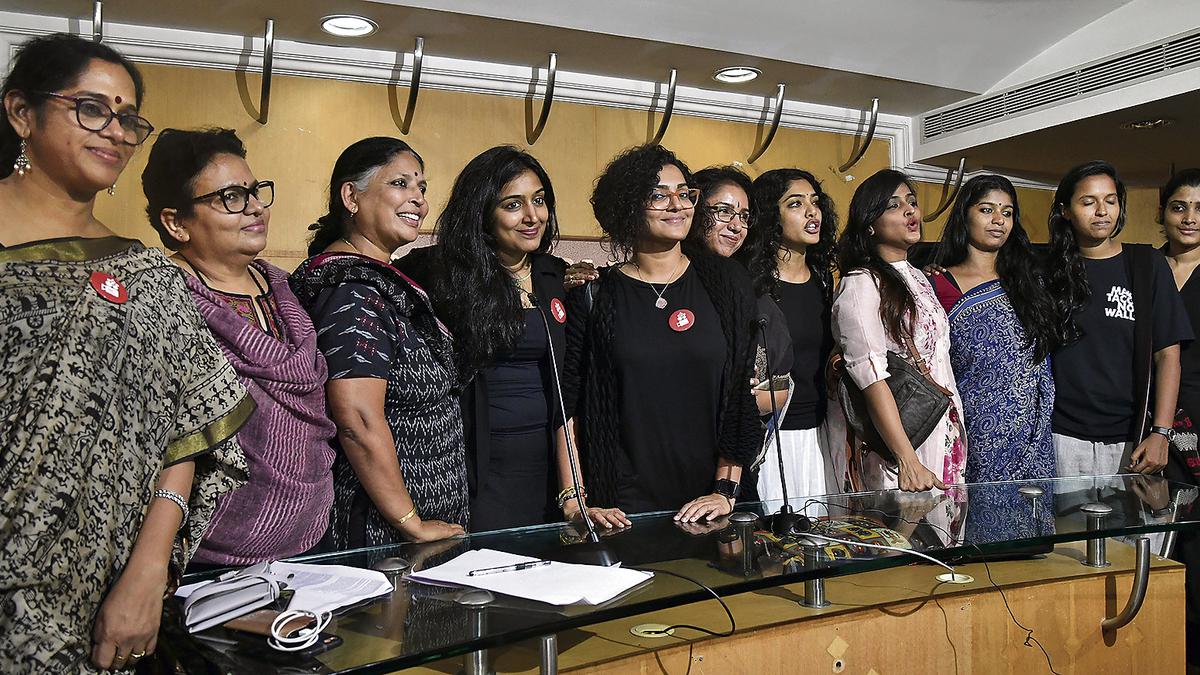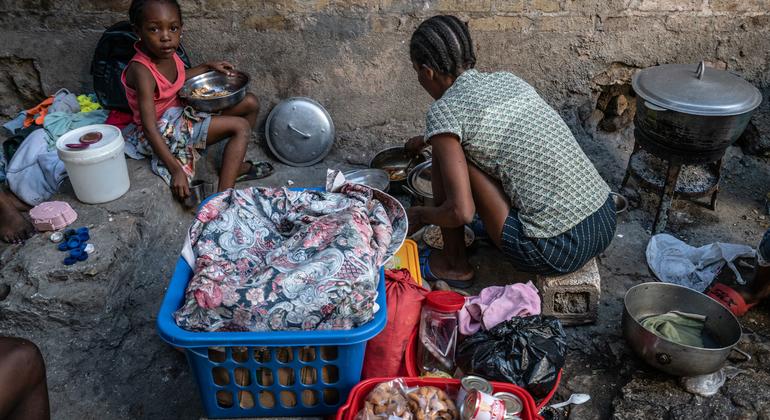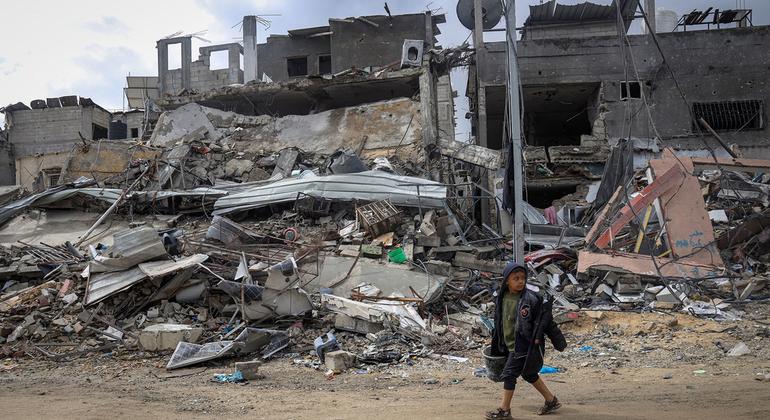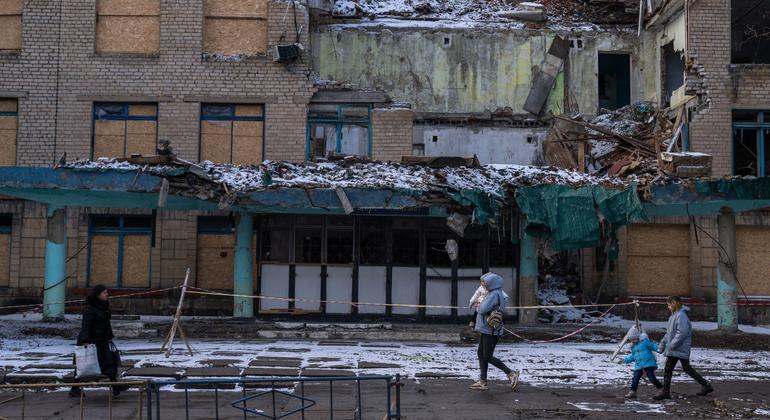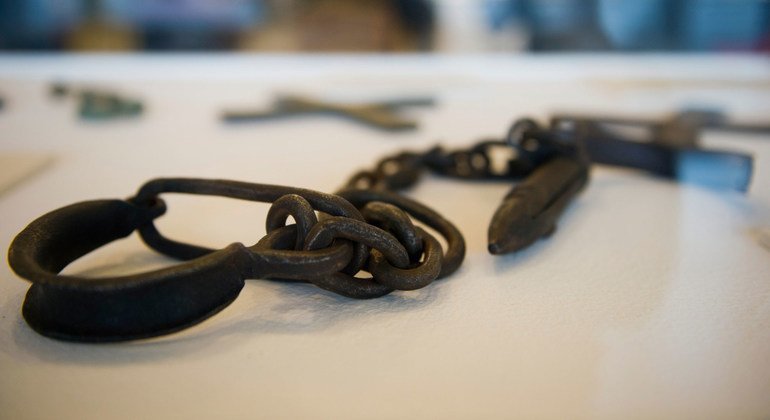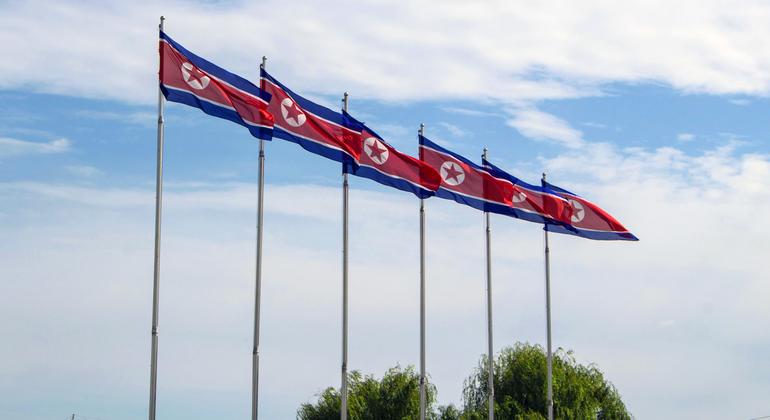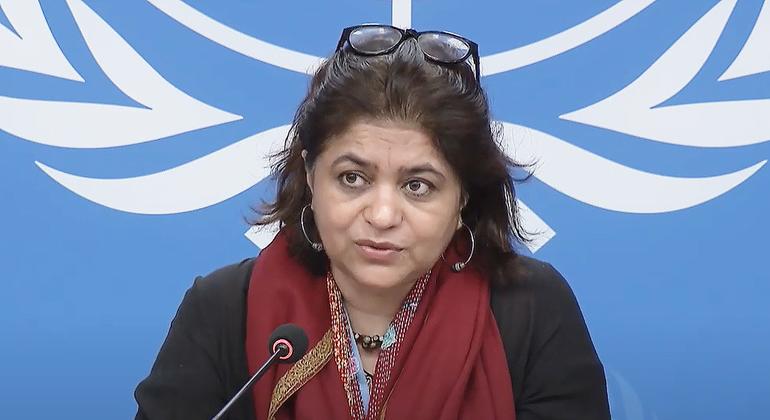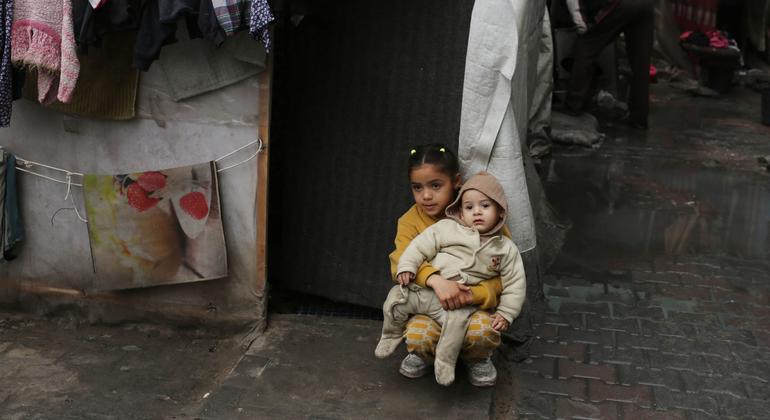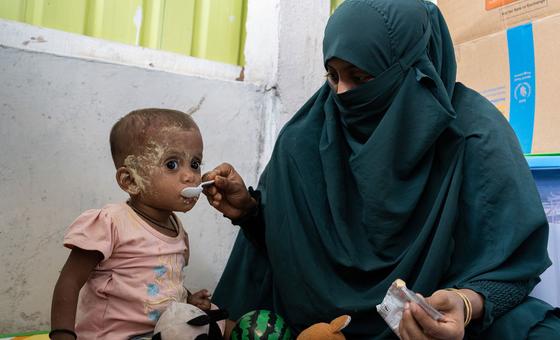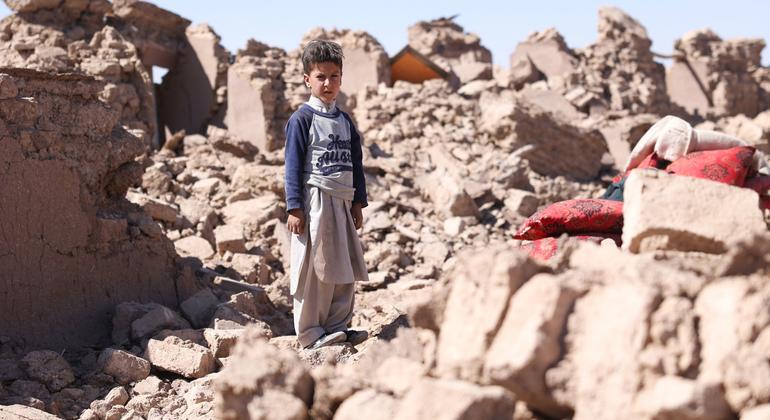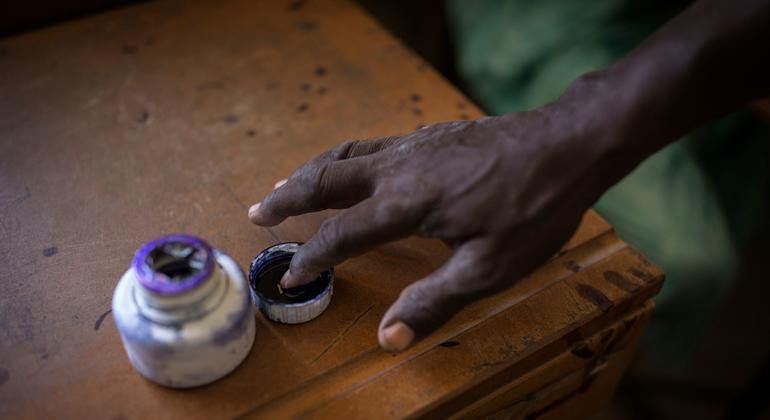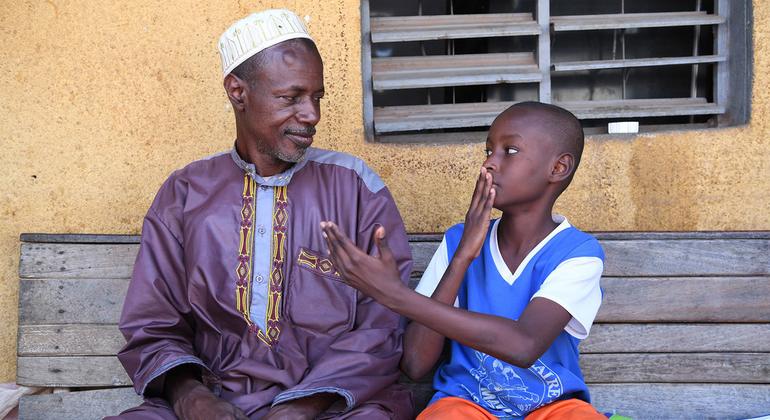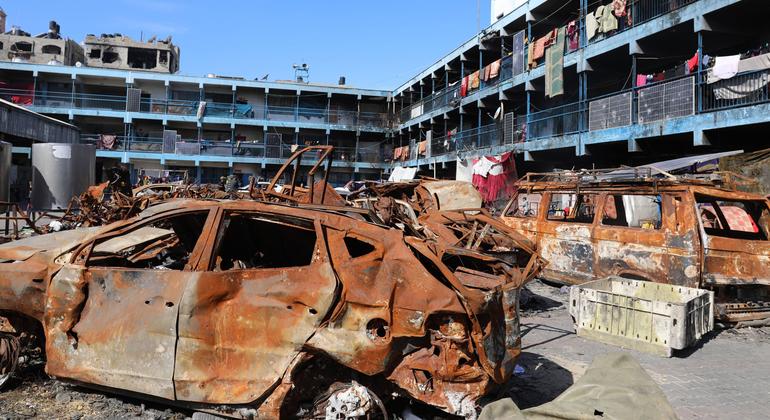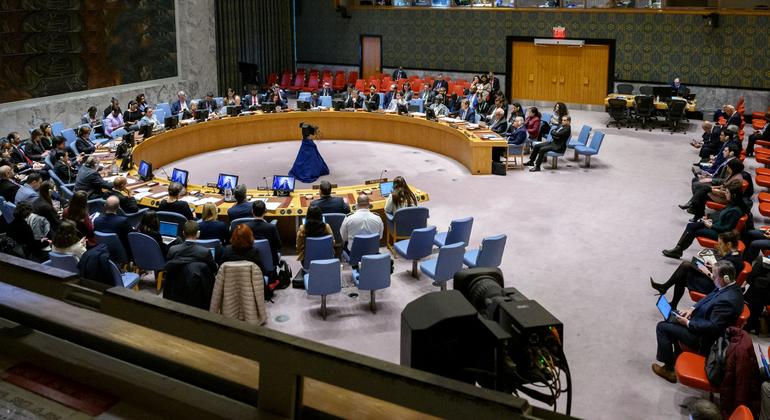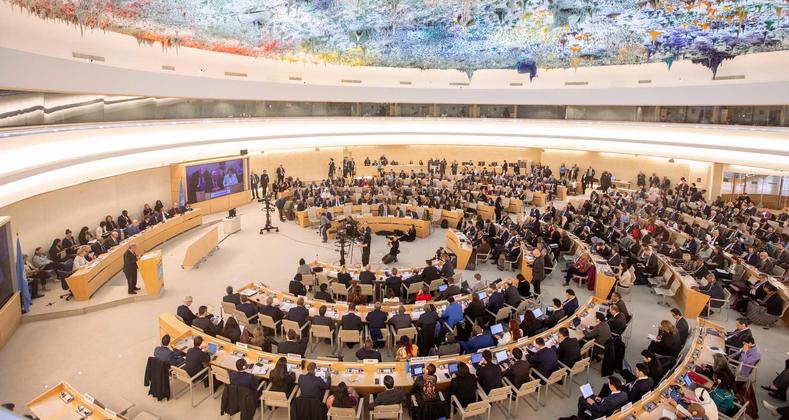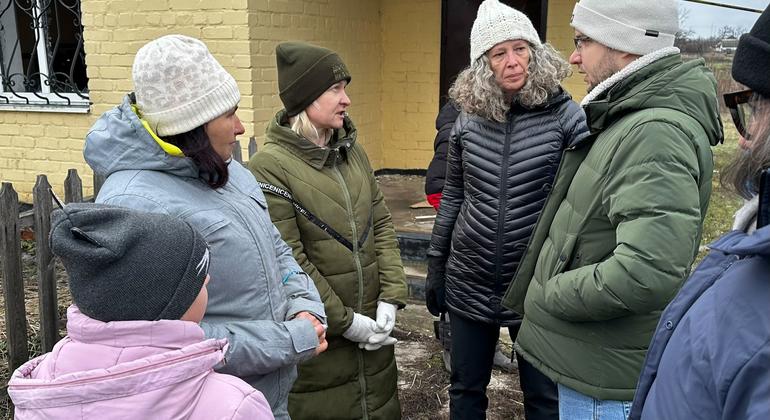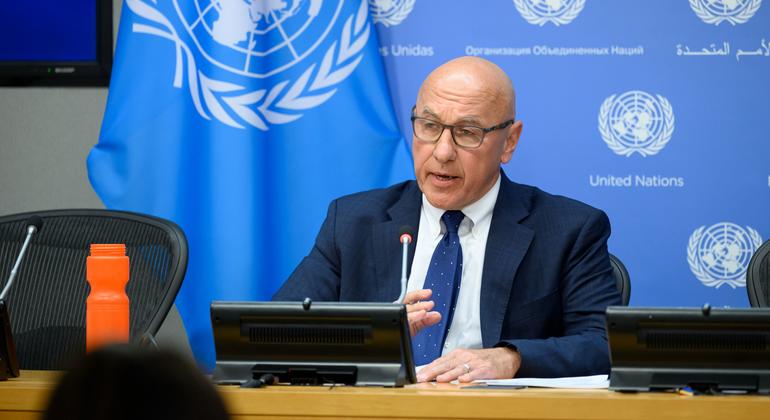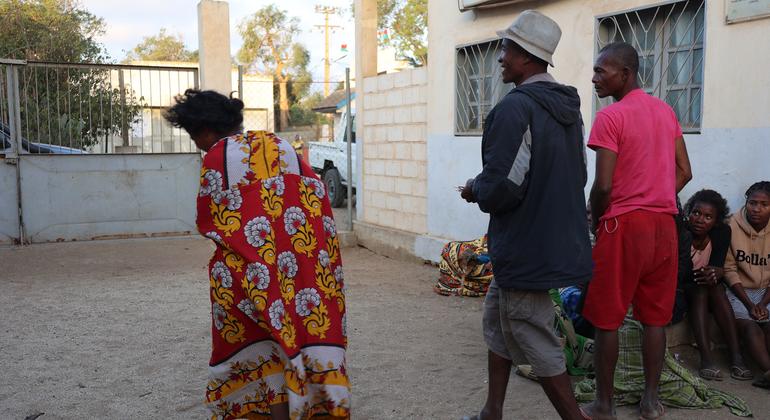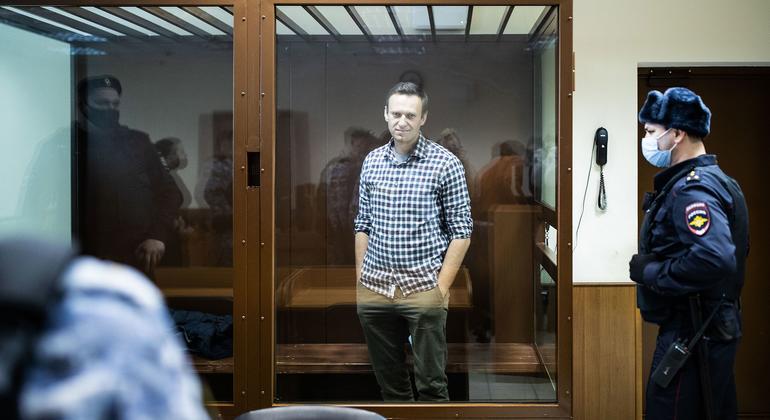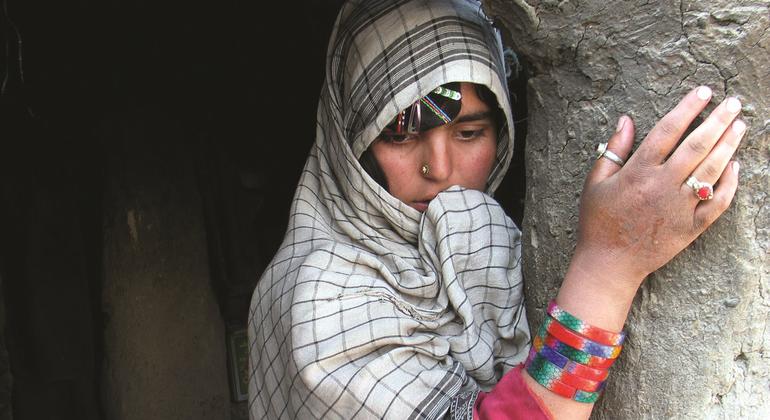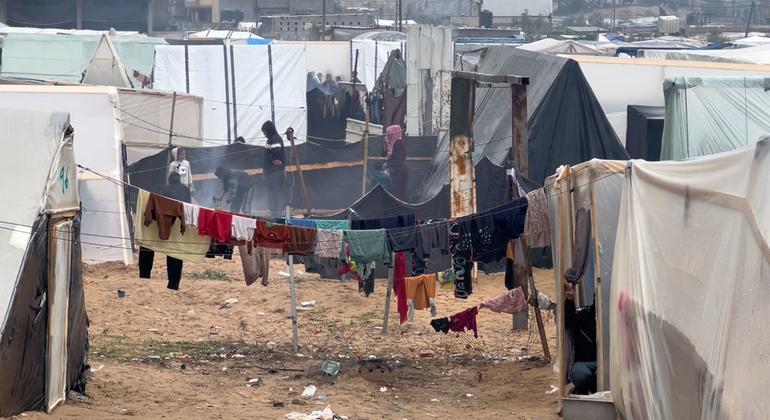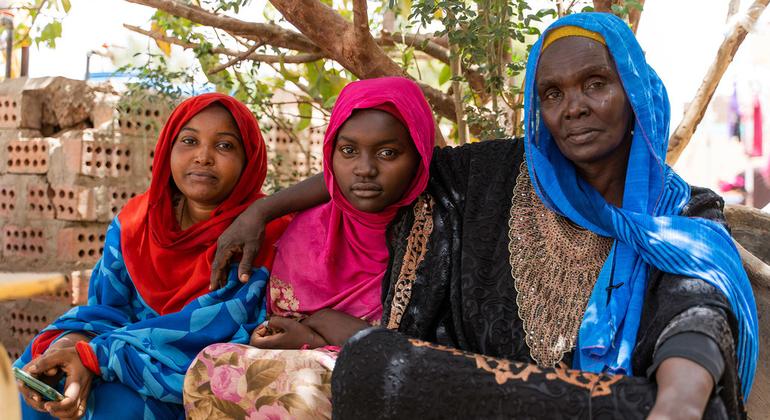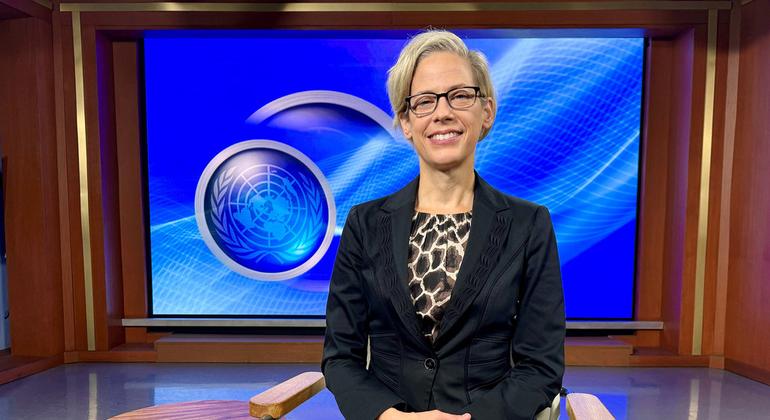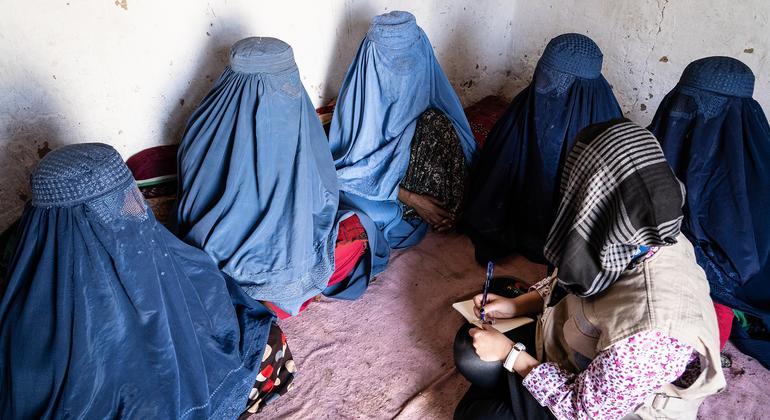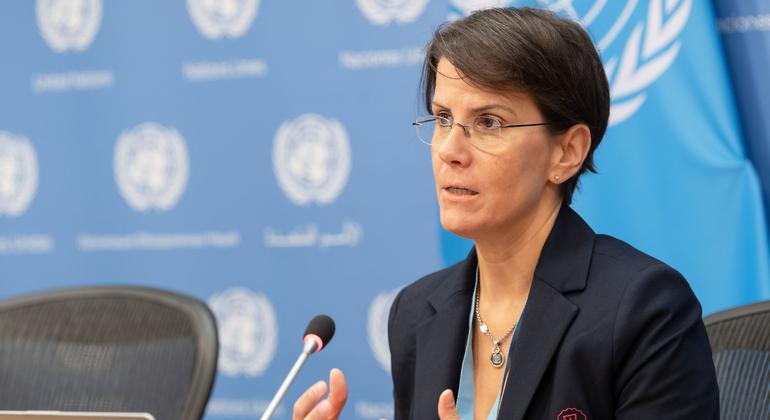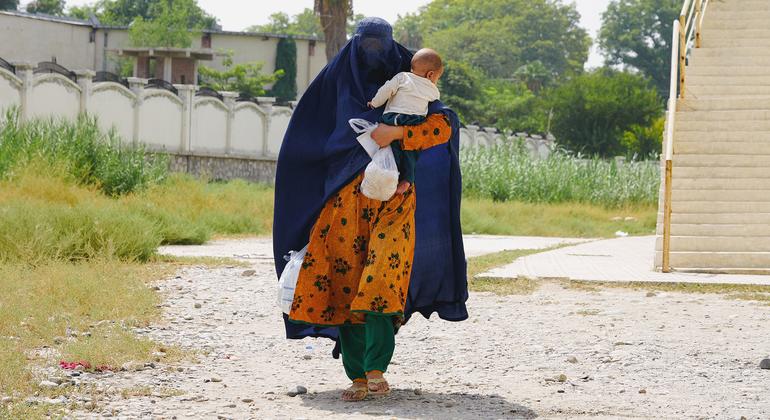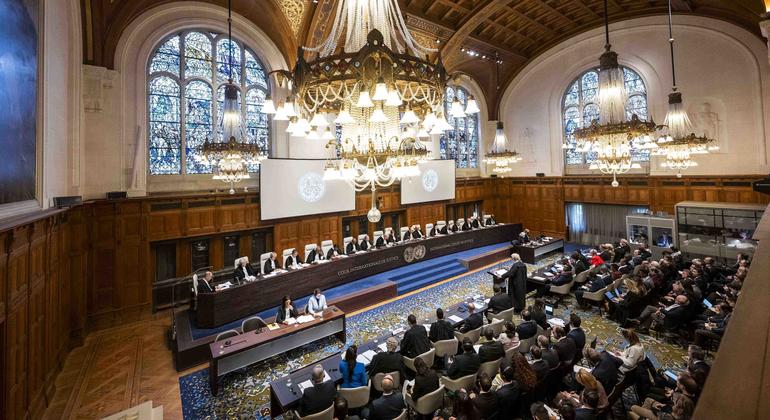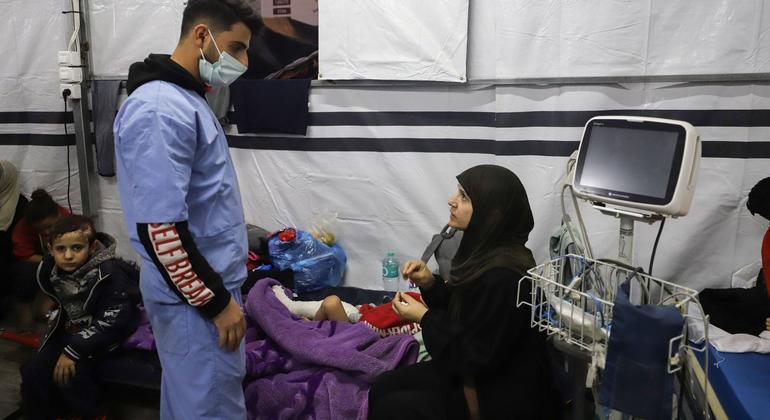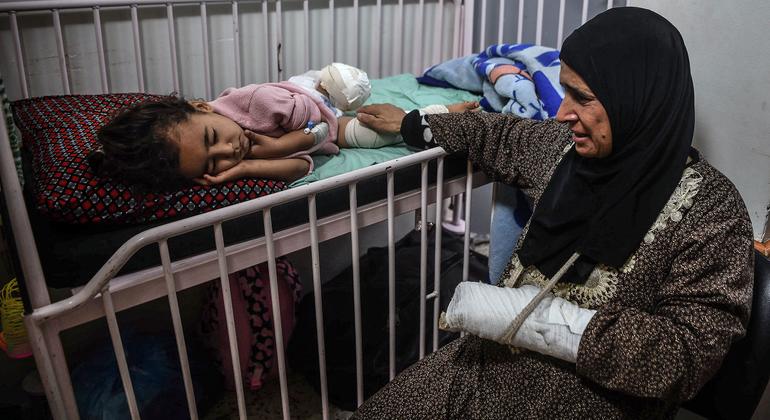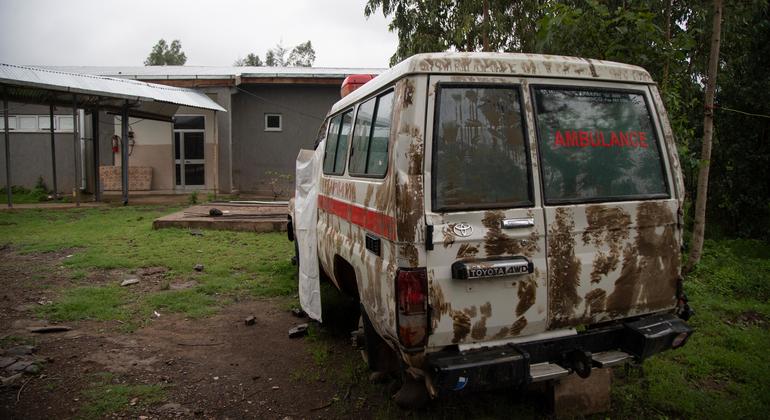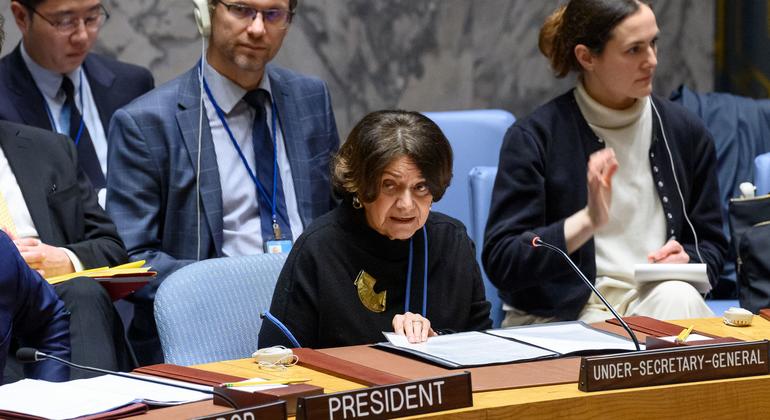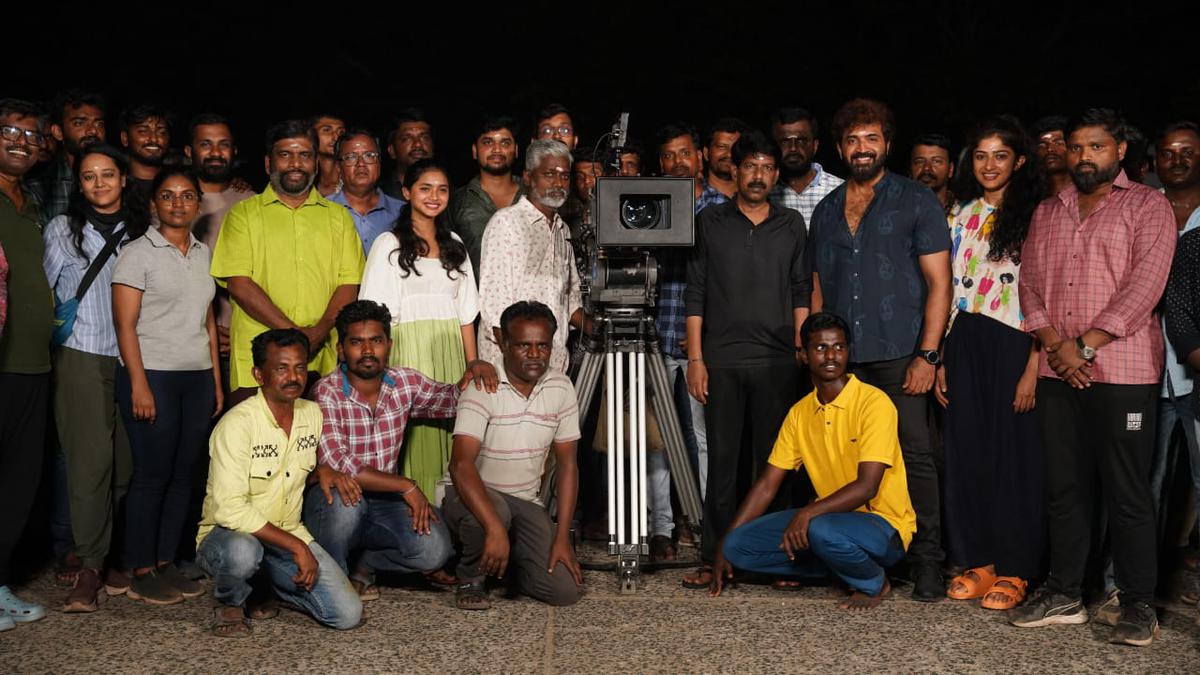For Malayalam film industry, no dearth of committees, but concrete action missing
[ad_1]
Setting up a committee can serve either of two purposes — open new pathways to understand issues so that they can be a guiding light to solve those or provide a comfortable cushion to delay decisive action on contentious issues. In Kerala, members of the Malayalam film fraternity are wondering which of these purposes a committee set up by the State government to draft a film policy, will fulfill. Controversy erupted soon after the constituting of the committee, with various film bodies accusing the government of forming the committee unilaterally without consulting industry stakeholders.
Even worse, some of those included in the committee were reportedly not consulted before their names were announced, and filmmaker Rajeev Ravi and actor Manju Warrier opted out of it citing other commitments. The 10-member committee headed by filmmaker Shaji N. Karun, the Chairman of the Kerala State Film Development Corporation (KSFDC), was constituted as per an order issued by the Department of Cultural Affairs on July 15.
A controversial committee
Mr. Karun was placed as the head of the committee at a time when the KSFDC is facing criticism for the way it has handled the government’s project to promote films by women filmmakers and those from Scheduled Caste and Scheduled Tribe communities. At least two women filmmakers, whose films were funded under the programme, have publicly spoken out against the way that the KSFDC had treated them, making them run from pillar to post at every turn and causing them mental trauma.
The film policy committee, which is expected to submit its report within two months, would also look into the Hema Committee report to address issues of sexual harassment and gender inequality in the Malayalam film industry and include appropriate recommendations from it in its report. The mention of the Hema Committee report in the order has reignited the debate on why the government has been reluctant to make it public or take any action on the report, three and a half years after it was submitted. The Hema Committee, constituted in the aftermath of the actor assault case, a seminal event which fuelled questions related to gender in the film industry, had submitted the report to the Chief Minister on December 31, 2019.
Though the government, following criticism over inaction, constituted yet another committee to study the report in January 2022, the panel is not known to have met till date or taken any action on the recommendations. In this context, many suspect whether the latest committee is aimed at providing an easy way out for the government without publishing the Hema Committee report. The Hema Committee, headed by Justice K. Hema, had submitted a report on issues related to sexual harassment, wage disparity and other injustices within the film industry. Many women in the industry had given detailed testimonies to the committee of the harassment they experienced. Hinting at the presence of big names, actor Parvathy had said in 2022 that many ‘idols’ will fall if the report comes out.
History of film committees
One of the first known committees related to cinema in India was set up in the pre-Independence era. The Indian Cinematograph committee headed by lawyer-politician T. Rangachari in 1927 was set up mainly with a focus on censorship of films. Nothing much was done about the report and major recommendations for giving assistance to the film industry were dropped as they involved considerable expenditure.
Post-Independence, the Indian government constituted the Film Enquiry committee headed by politician S. K. Patil to suggest means by which the film industry can be “put on a sound footing and be developed as a medium of education and healthy entertainment”. Over three years, the committee held wide consultations with over 6,000 people from the industry as well as with the general population. The report, prepared after 43 sittings across the country, is an exhaustive record on the state of the Indian film industry at the time of Independence.
Though the Patil committee had its share of censorship-oriented recommendations, it also had several important suggestions aimed at improving the film industry, that would be implemented in the succeeding decades. Some of these recommendations which were implemented later, include the setting up of a corporation to finance film productions (the National Film Development Corporation of India was established in 1975), instituting of awards to encourage production of films with high aesthetic and technical standards (the National Film Awards established in 1954) and the starting of institutions to train technicians and artistes (the Film and Television Institute of India was established in 1960).
Within the Malayalam film industry
In Kerala, the KSFDC was established in 1975 with the aim of facilitating and aiding the production of Malayalam cinema within the State, at a time when much of the industry was centred in Chennai (Madras at that time). Over the years, it has succeeded in that endeavour. It has also, to some extent, nurtured meaningful cinema through funding and production support. The Kerala State Chalachitra Academy formed in 1998 has played a key role in the evolution of a new generation of filmmakers who have grown up on a diet of world cinema brought to their doorsteps through the annual International Film Festival of Kerala and the International Documentary and Short Film Festival of Kerala.
In 2014, a committee headed by filmmaker Adoor Gopalakrishnan was appointed to study the existing state of the Malayalam film industry and suggest ways to improve it. The Adoor committee report stated that government theatres must compulsorily be made available for the screening of award-winning Malayalam films. Though shows are provided for such films, even the makers of government-funded films have often accused the KSFDC of relegating their films to morning slots and not providing the necessary publicity. The Adoor committee also made wide-ranging recommendations regarding various types of funding support for films, some of which have been implemented in different forms over the years.
In November 2020, the Chalachithra Academy submitted suggestions to tackle the various issues prevailing in the industry, recommending among other things the formation of an Internal Complaint Committee (ICC) in every film set to address complaints of sexual harassment at the workplace. In 2022, producers of Senna Hegde’s film 1744 White Alto formed a four member ICC, which was the first case of such a committee being formed in a film set in the Malayalam industry. However, it has not yet become a widely-followed model.
Considering this context, film bodies have reacted with apprehension about the way the latest committee has been constituted. The Women in Cinema Collective (WCC) said that it is uncertain about the committee’s potential impact. “Will it be a statutory body? And will its recommendations, like those of the Hema Committee report, be left to languish, gathering dust without meaningful implementation? This approach seems to indicate a troubling disregard for a genuinely urgent concern that has been raised repeatedly. We firmly believe that arbitrary committees do not offer a viable solution to the deeply entrenched issues within our workplace,” the WCC had said in a statement.
It remains to be seen whether the latest committee will come up with anything concrete, and whether it will also take into consideration the changing contours of the industry with the evolution of technology, the impact of artificial intelligence on the filmmaking process, along with other long standing concerns.
[ad_2]







